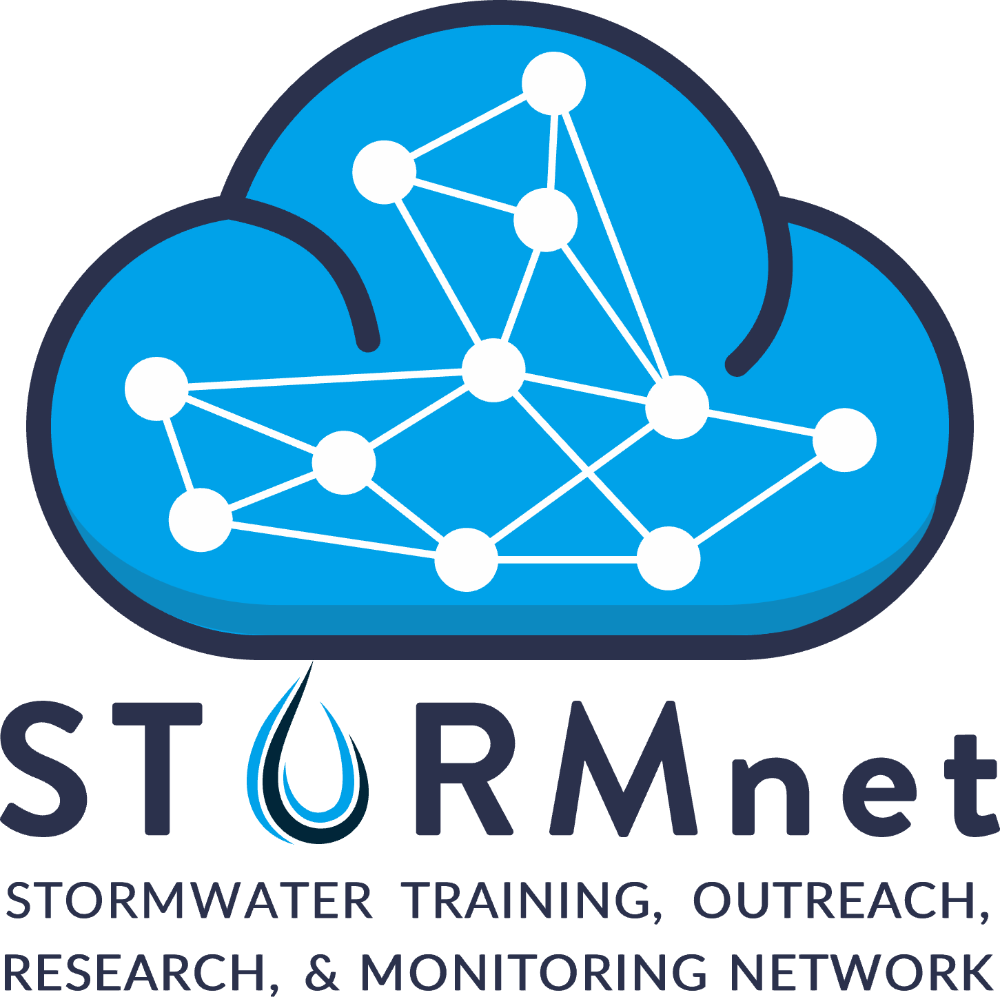The Utah Stormwater Training, Outreach, Research, and Monitoring Network (STORMnet) provides training and research for the Intermountain West to prepare Utah for future stormwater challenges associated with the expansion of Utah's urban areas.
Stormwater Sources and Permits
The Utah Pollutant Discharge Elimination Systems (UPDES) is a permitting system that controls pollutants in stormwater. The Utah Storm Water Program is part of the UPDES system and regulates the discharge of stormwater from three major sources:
- Municipal Separate Storm Sewer Systems (MS4s)
- Construction Activities
- Industrial Activities
4 Stormwater Program Areas
Click the tabs below to discover information about a stormwater program relevant to you.
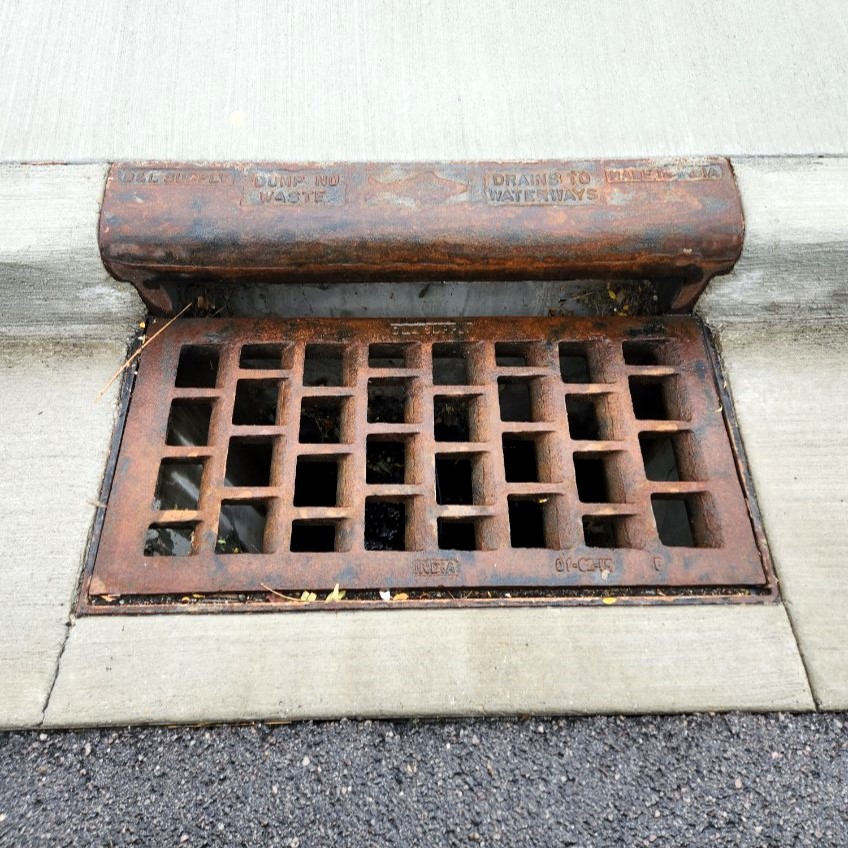
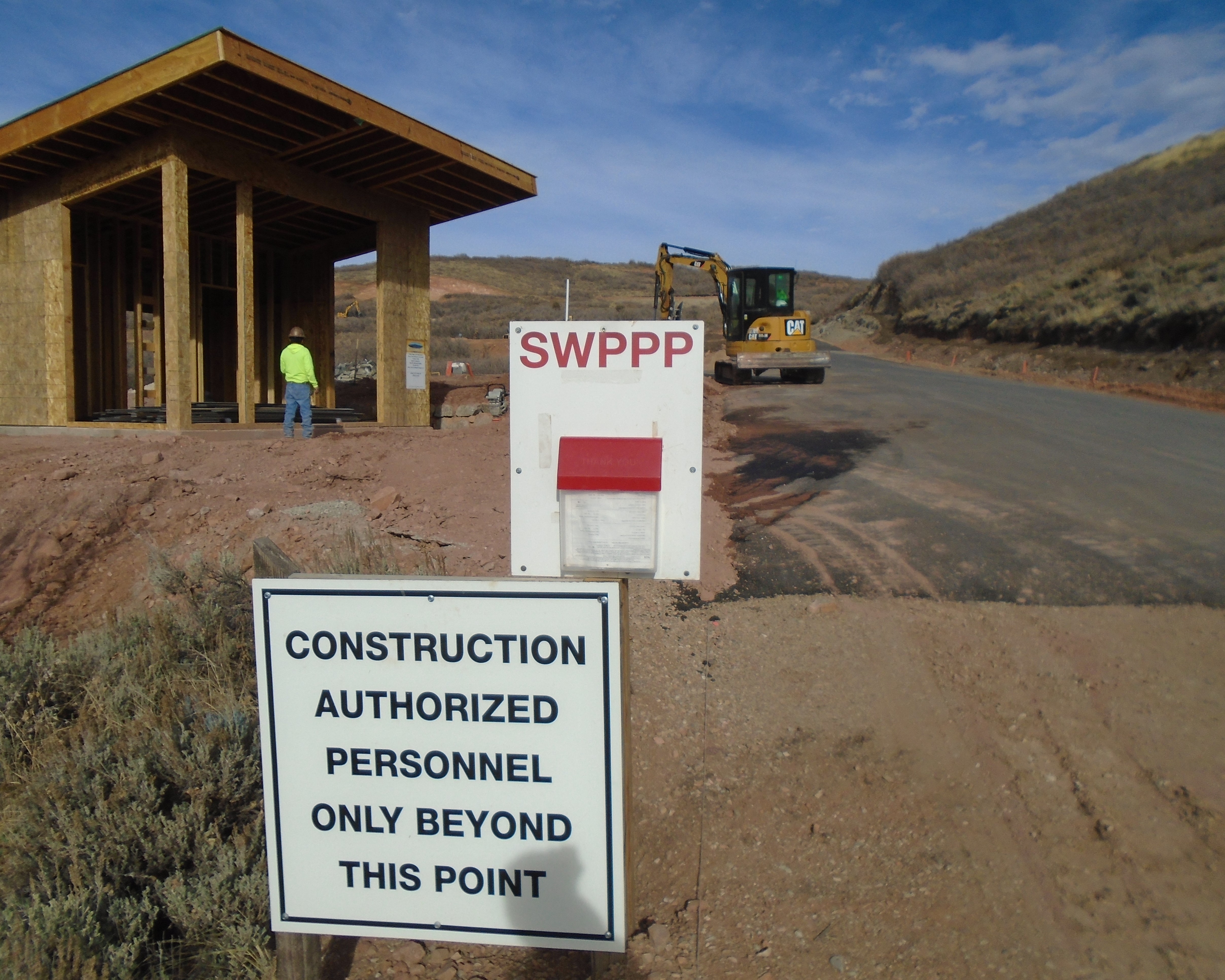
When it rains, water flows over soil surfaces on construction sites, creating stormwater runoff. This runoff picks up loose soils, debris, and other pollutants and transports them to nearby streams, rivers, and lakes. Proper stormwater controls are critical for stopping these pollutants from entering waterways and the surrounding environment to protect Utah's water.
Construction activities that disturb one or more acres of land must obtain a stormwater permit to be authorized under the Utah Pollutant Discharge Elimination System (UPDES).
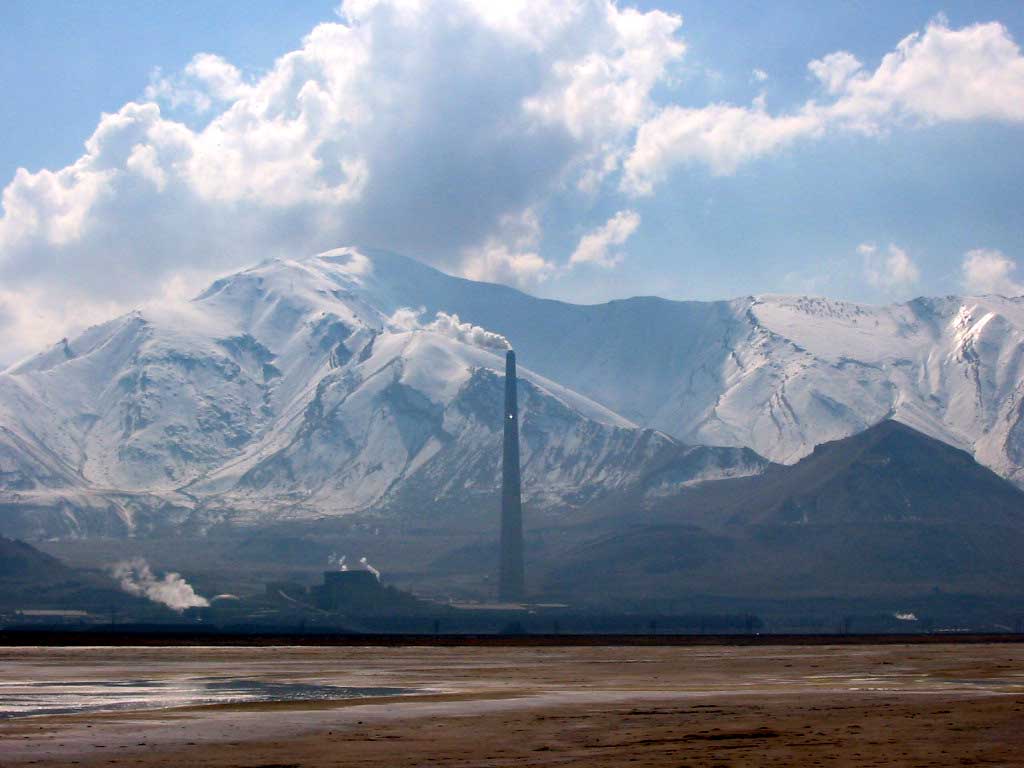
The SWPP identifies potential sources of pollution that may impact stormwater quality. It also establishes a plan for the implementation of practices to reduce pollution impacts and compliance with the requirements of the permit.
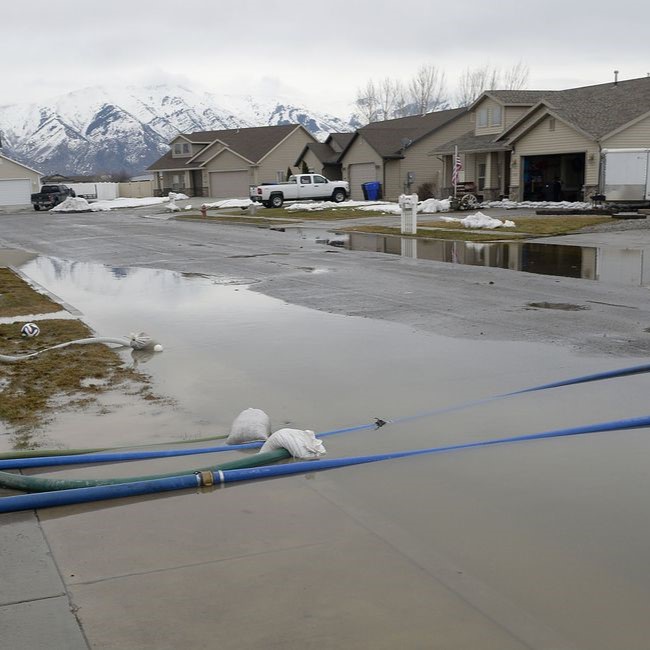
Urban pollutants and contaminants can include a variety of compounds that are harmful to the people, plants, fish, and wildlife that use or consume water from impacted waterbodies. Learn what you can do on your property to limit stormwater pollution and keep our waterways clean and healthy.


